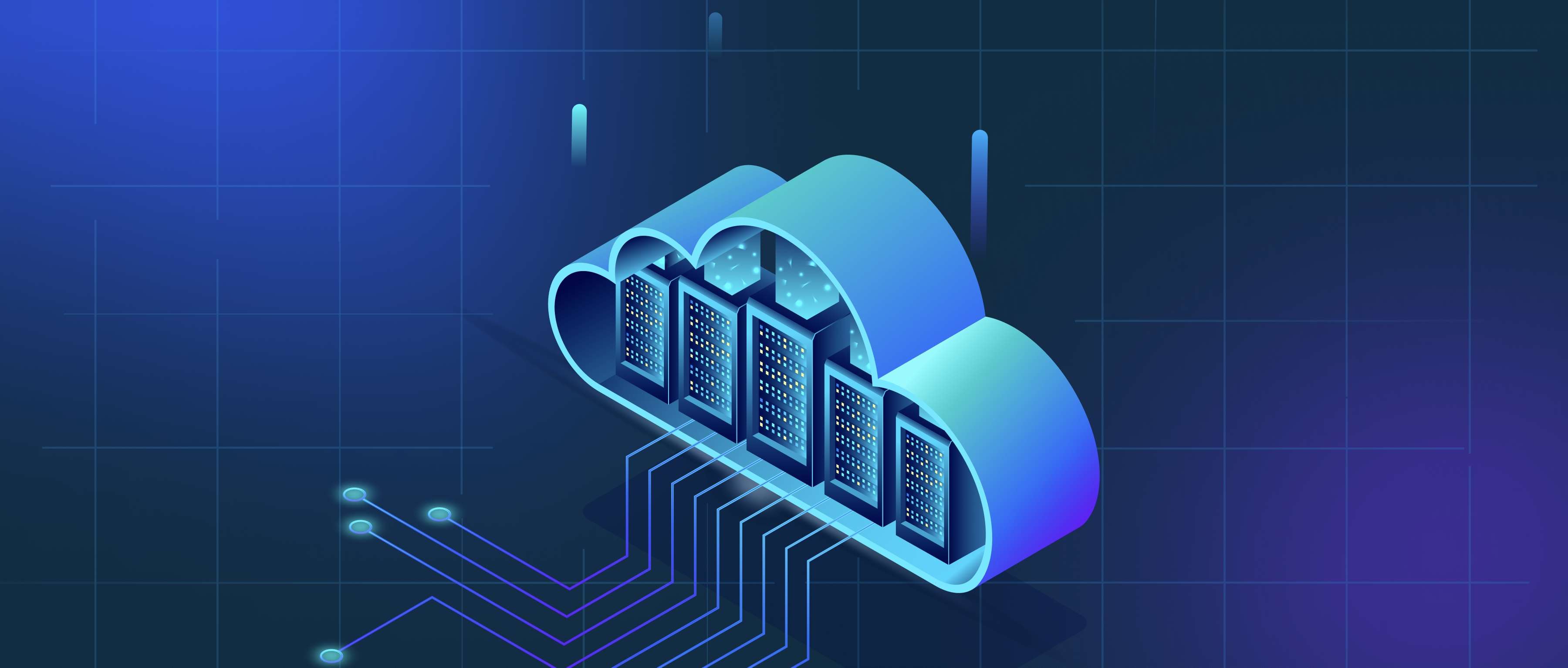The industries that rely most heavily on ETL (Extract, Transform, Load) processes are those that manage large volumes of diverse data, require strict regulatory compliance, or depend on real-time analytics for decision-making. Three key sectors stand out: finance, healthcare, and retail/e-commerce. Each leverages ETL to solve unique challenges related to data integration, quality, and scalability.
Finance and Banking Financial institutions, including banks, insurance companies, and investment firms, rely on ETL to consolidate data from transaction systems, customer databases, market feeds, and external sources. For example, fraud detection systems require combining real-time transaction data with historical patterns, which ETL pipelines process into unified datasets for analysis. Compliance with regulations like GDPR or SOX also demands rigorous data auditing, where ETL ensures accurate reporting by transforming raw data into standardized formats. Additionally, credit risk modeling and customer segmentation depend on ETL to merge data from loan applications, credit bureaus, and spending habits, enabling predictive analytics.
Healthcare and Pharmaceuticals Healthcare organizations use ETL to integrate fragmented data from electronic health records (EHRs), lab systems, insurance claims, and wearable devices. For instance, hospitals employ ETL to unify patient histories across departments, improving care coordination and reducing errors. Pharmaceutical companies rely on ETL for clinical trial data, aggregating results from multiple research sites into centralized repositories for regulatory submissions. ETL also supports population health management by standardizing data from disparate sources, enabling trends analysis for disease outbreaks or treatment efficacy. Compliance with HIPAA and other privacy laws further necessitates ETL’s role in anonymizing sensitive data before analysis.
Retail, E-Commerce, and Telecommunications Retailers and telecom providers use ETL to process high-velocity data from sales transactions, web interactions, and IoT devices. For example, e-commerce platforms use ETL pipelines to combine website clickstream data with inventory systems, enabling personalized recommendations and dynamic pricing. Telecom companies aggregate network usage metrics and customer service logs to predict churn or optimize network performance. Similarly, manufacturing firms leverage ETL for supply chain optimization, integrating sensor data from production lines with ERP systems to enable predictive maintenance. These industries depend on ETL’s ability to handle scalability and transform raw data into actionable insights for operational efficiency.
